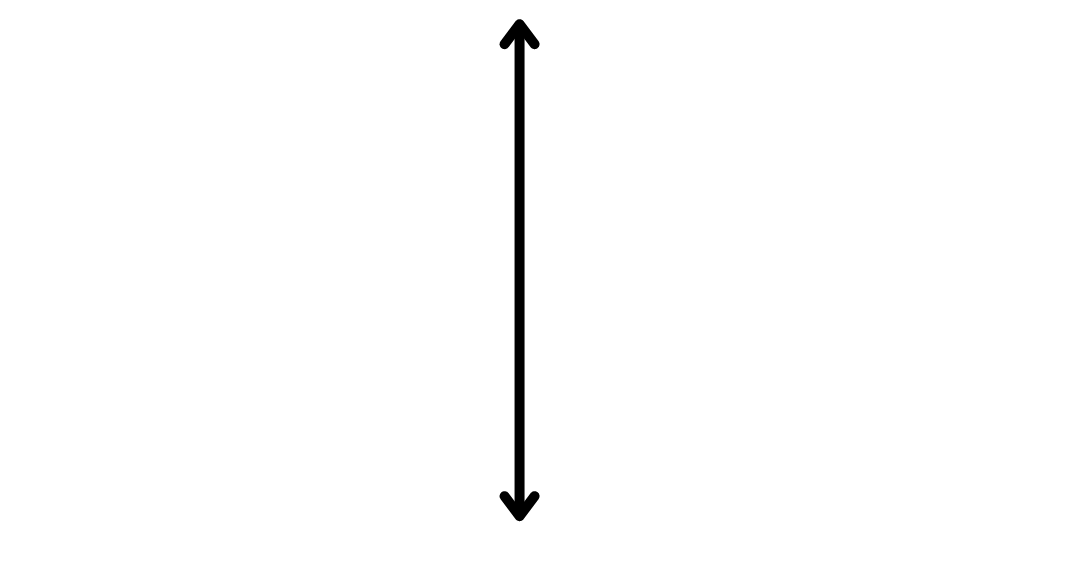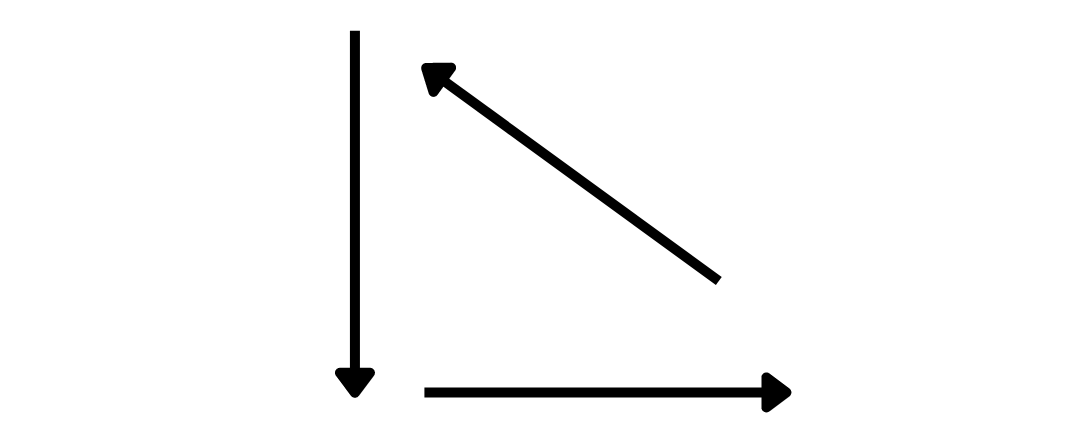Celebrating 'Eine Kleine Nachtmusik': Mozart’s enduring classic
Posted on 15th July 2023 at 15:23

This month, we introduce Wolfgang Amadeus Mozart, with a focus on his popular serenade, Eine Kleine Nachtmusik. Mozart’s talents gained him a reputation as a world-class musician during his lifetime, and he is still today regarded as one of the foremost composers not just of the Classical era, but of all time.
Although he only lived to be 35, Mozart was a prolific composer, producing hundreds of works across multiple genres, many of which remain in the repertoire today. But of course, one of his best-known works, which was completed towards the end of his life, on 10 August 1787, is Eine Kleine Nachtmusik. The piece is not only a staple of the classical repertoire, but it has been used for decades in popular culture – from film to advertising – making it one of the most instantly recognised classical works today.
An introduction to Mozart
Mozart was born in Salzburg in 1756, and was taught music at an early age by his father Leopold. The young Wolfgang was enormously talented: he began composing from the age of 5, and performed for royalty and toured Western Europe as a young boy.
By 17, he had secured his first job as a musician at Salzburg court. During his time at the court, he composed in many different genres, with his Piano Concerto no 9 in E flat major widely considered to be his breakthrough work.
But he felt unfulfilled at the court, and in 1781, he left the role and settled in Vienna. Here, Mozart produced new compositions at an astonishing rate, gaining a considerable reputation.
Today, his works are recognised as the epitome of the Classical style. This was the era in which the piano took over from the harpsichord as the main keyboard instrument, and Mozart is credited with having developed the piano concerto, a form that is still popular today.
With a booming economy, public concerts became popular during this time, while amateurs wanted to buy music to play for themselves. All this opened up more demand for Mozart’s work.
Eine Kleine Nachtmusik, K. 525
Crucially, ensembles would gather to play serenades in Vienna’s parks and gardens, and compositions for these ensembles would have been an important source of income. One of Mozart’s best-known pieces was possibly created with this in mind: Serenade no 13 for strings in G major, or Eine Kleine Nachtmusik – commonly known as ‘A Little Serenade’, or by its literal translation, ‘A Little Night Music’. It is number K. 525 in the catalogue of Mozart’s works.
Originally written for two violins, a viola, a cello and a double bass, it was popular in its day, and remains so now, although today it is more likely to be performed by a full string orchestra.
Mozart’s notes in his catalogue show that the serenade had five movements, but the second – recorded as the Minuet and Trio – is now long-lost, with various theories abounding about works that could potentially be the missing movement.
Today’s audiences are familiar with four movements:
The light-hearted Allegro.
The more delicate Romanze.
The Menuetto, which features an allegretto in G major, with trio section in D major.
The up-tempo finale, Allegro in G major.
I. Allegro
The first movement is perhaps the best-known part of the work. The Allegro is in sonata-allegro form, which is typical of first movements of Sonatas, Concertos, String Quartets and Symphonies from the Classical period onwards. This musical structure broadly states a theme – the ‘exposition’ – which is then elaborated on and evolved in the ‘development’ section, before a recapitulation or re-stating of the original theme.
The movement is in Common Time, or 4/4 – meaning four crotchet beats in a bar.
In Eine Kleine Nachtmusik, the first movement’s opening theme is played in unison and recurs throughout the first movement. The initial theme is in G major, with a second theme in D major, the dominant (V) key of G major. The development section begins in D major, passing through D minor and C major, before returning to G major for the recapitulation.
II. Romanze
The second movement is marked Andante, so is slower than the first movement. It is in Rondo form with the initial theme repeating. The structure of this movement is described as A-B-A-C-A-Coda. This means that the opening theme “A” is played three times with a second theme “B” and a third theme “C”. The piece ends with a Coda, a rounding off of the piece with all parts playing the main theme in unison.
The movement is in Split Common Time, or 2/2, with two minim beats in a bar.
The movement is largely in C major, the sub-dominant (IV) key of the first movement’s G major, with the ‘C’ section in C minor.
It has been suggested that the movement suggests a Gavotte rhythm as each of the sections begin halfway through the bar, giving a double upbeat.
III. Menuetto
Minuets in instrumental music typically have three beats to the bar and are paired with a Trio section, before the Minuet is repeated. Both the Minuet and the Trio are in two parts, each of which is played twice when we first hear them. But when the Minuet repeats at the end of the movement (the Da Capo), each part is played just once.
This Minuet follows the traditional structure. Both the Minuet and the Trio start on the upbeat – the third crotchet of the bar.
The Minuet begins in G major with the Trio in the dominant key (V) of D major.
IV. Rondo: Allegro
The final movement is marked Allegro, matching the first movement in liveliness. As the movement’s name suggests, this is also a Rondo, but here there are only two themes, so the structure is A-B-A-B-A-Coda. The Coda is based on the A theme. Overall the movement is in Sonata Rondo form with the development section being the second iteration of the A and B themes.
The movement is in Split Common Time, or 2/2, with two minim beats in a bar. The Rondo begins on an upbeat – the second minim of the bar.
The movement stays in the main key of G major.
Eine Kleine Nachtmusik was among Mozart’s last works – he died four years later while writing his Requiem. But he left a legacy of hundreds of works and he was an important influence for other composers, many of whom, like Beethoven, would go on to be hugely influential in turn. And he would surely have been gratified to know that he is still admired today as a composer of unparalleled talent, with many of his pieces considered an essential part of the repertoire.
Activities:
Conducting
As the piece has movements with two, three and four beats in a bar, it’s a good piece to practise conducting.
For two beats in a bar (second and fourth movements), hold your strong hand in front of you at eye level with fingers pointing forward. Move it down in a straight line then back up again in time to the music.

For three beats in a bar (third movement), start in the same place, move your hand down, then horizontally away from your body (to the right if right handed), then move your hand diagonally back to the starting point. This gesture creates a triangle shape in the air.

For four beats (first movement), start in the same place, move your hand down, then move it horizontally across the body, then continuing in a straight horizontal line, move the hand away from the body (as with beat two above) and then finish by moving diagonally back to the starting point.

Dynamics (loud and quiet) can be shown through conducting, with big gestures for loud passages of music and small gestures for quiet passages.
Further reading
BBC Bitesize takes a look at the third movement of Eine Kleine Nachtmusik in its revision guide for GCSE: https://www.bbc.co.uk/bitesize/guides/zb4r97h/revision/1
You can find a wealth of resources about Mozart on Classic FM’s site: https://www.classicfm.com/composers/mozart/
The writer Tim Ashley explores Mozart’s legacy in this piece for the Guardian: https://www.theguardian.com/music/2020/aug/05/mozart-where-to-start-with-his-music
Classicalexburns take a deep dive into Eine Kleine Nachtmusik on their blog: https://classicalexburns.com/2020/05/20/wolfgang-amadeus-mozart-eine-kleine-nachtmusik-little-serenade/
Tagged as: #CLASSICAL MUSIC, LEOPOLD MOZART, Model Music Curriculum, MOZART, MUSICAL ACTIVITIES, POPULAR CLASSICAL MUSIC
Share this post:




